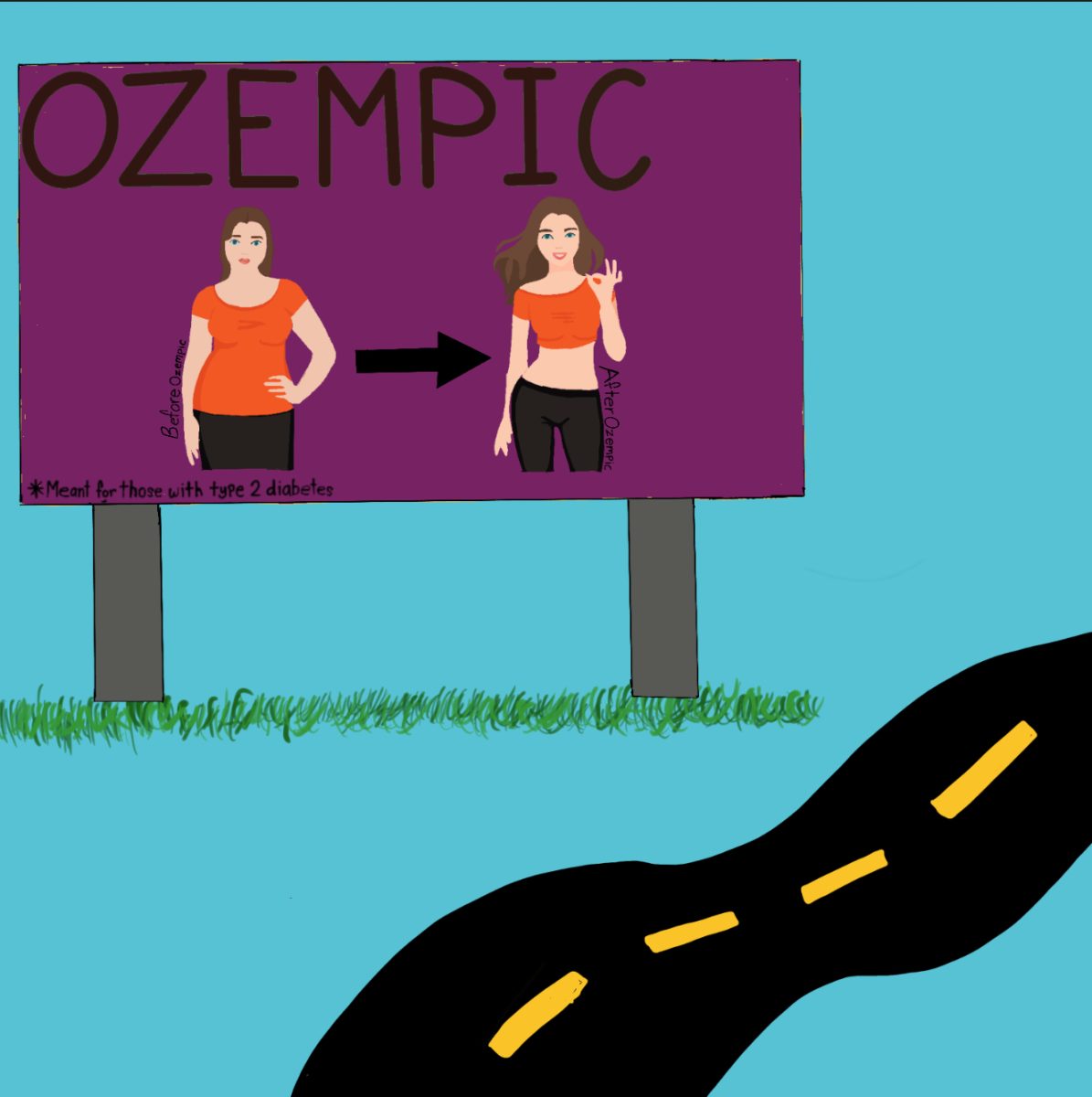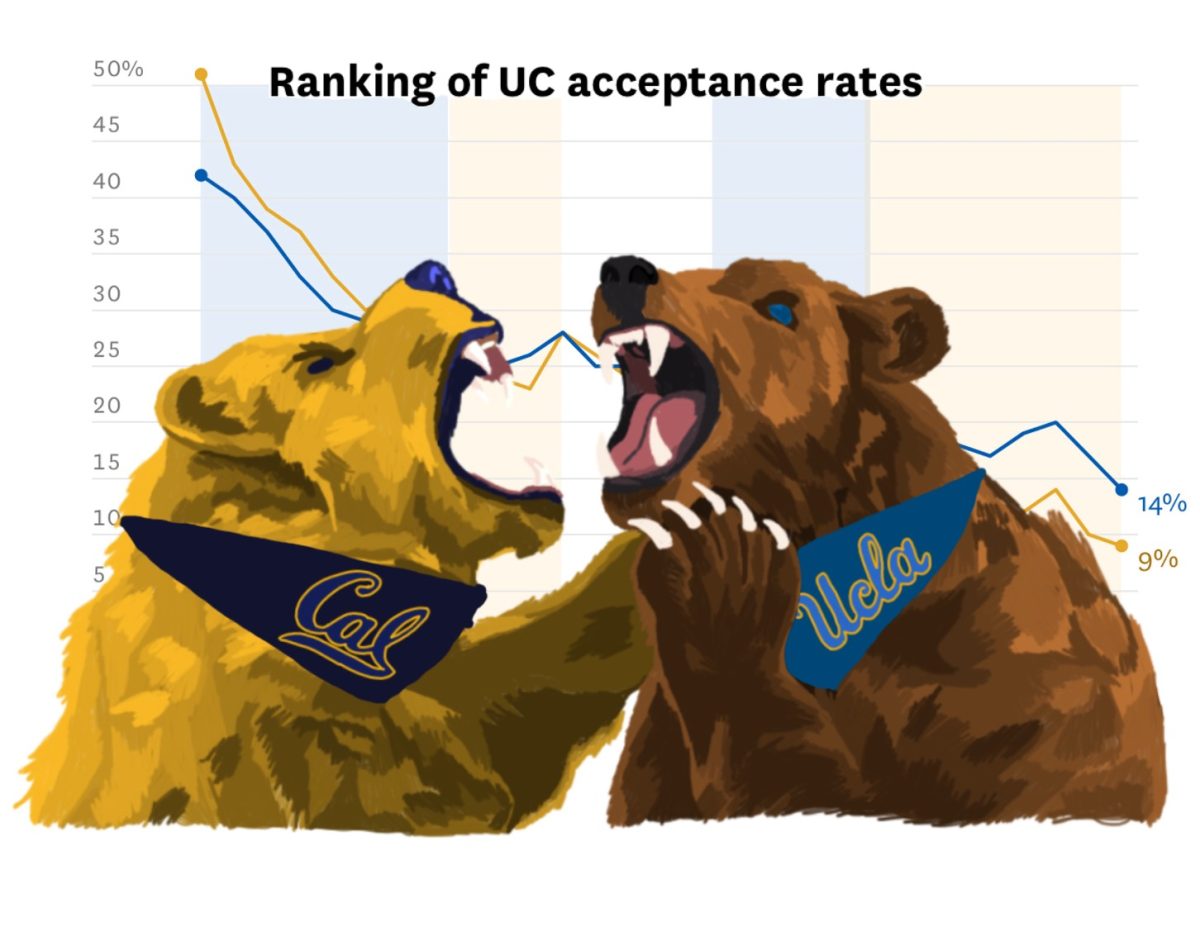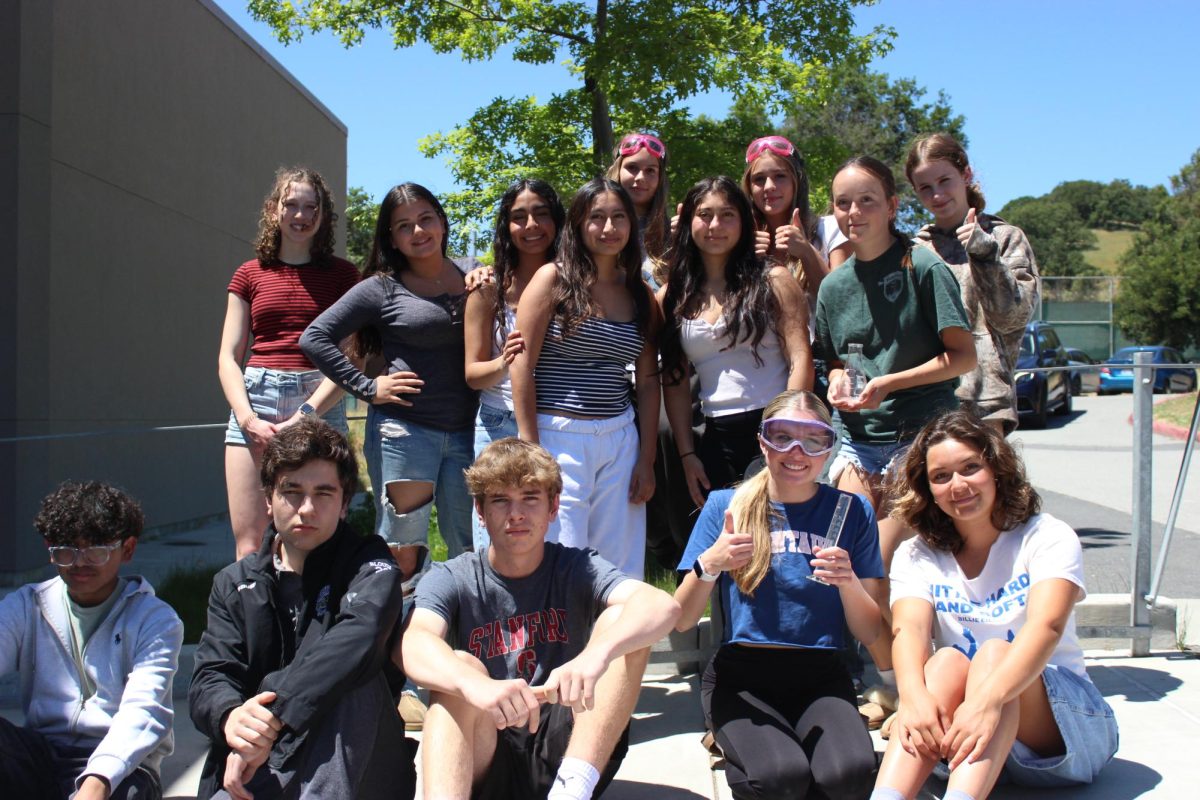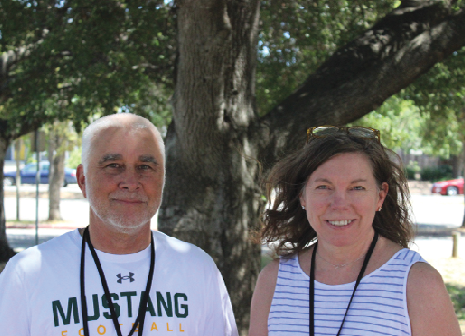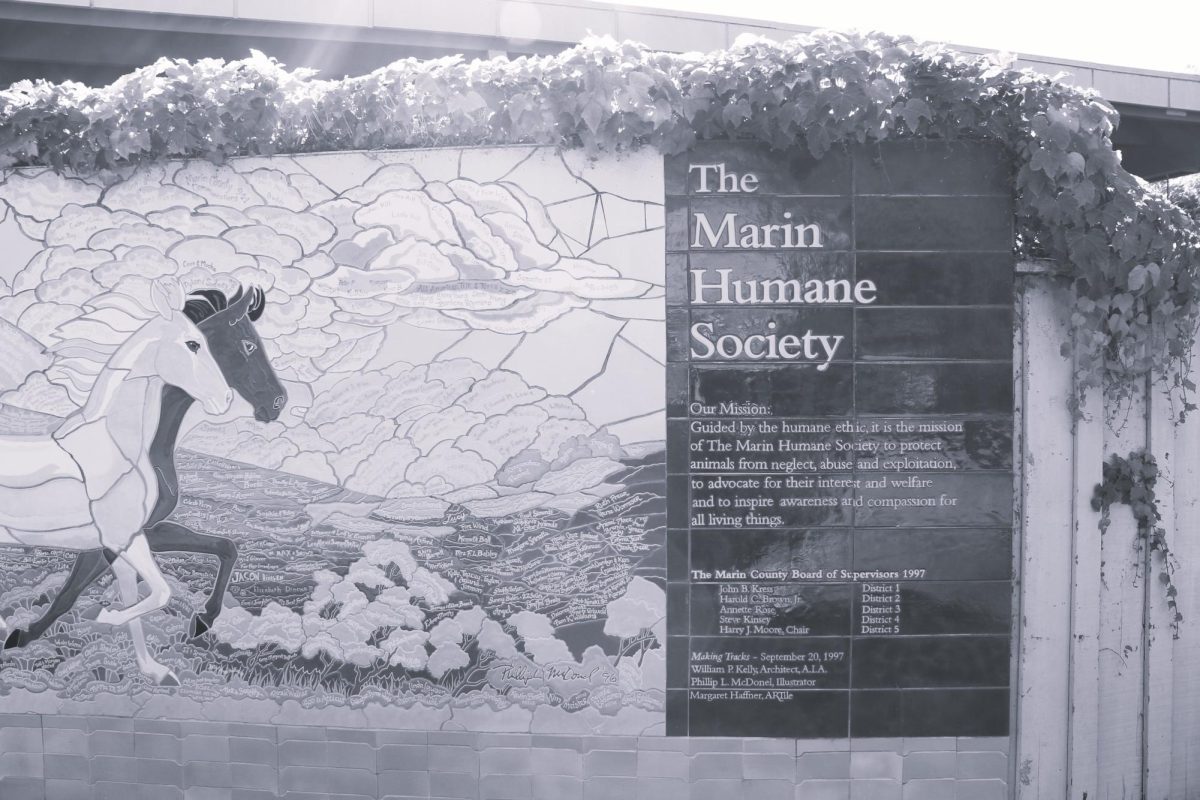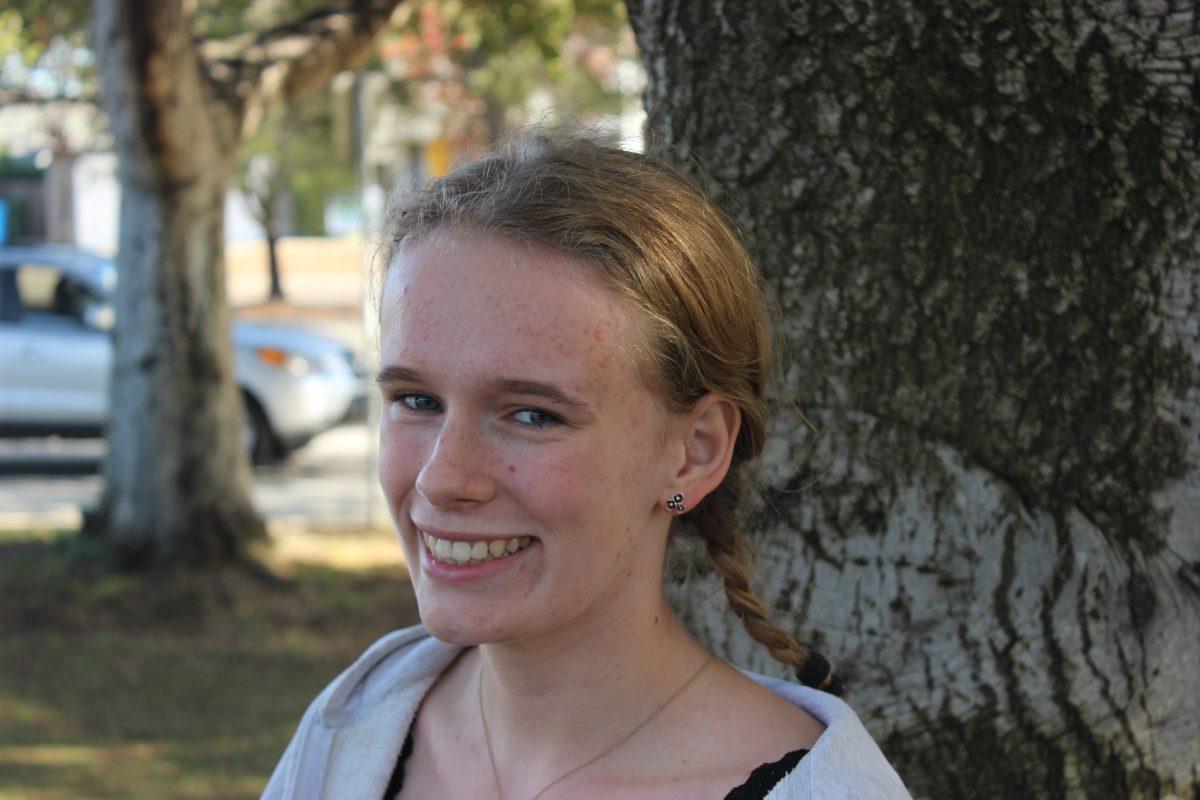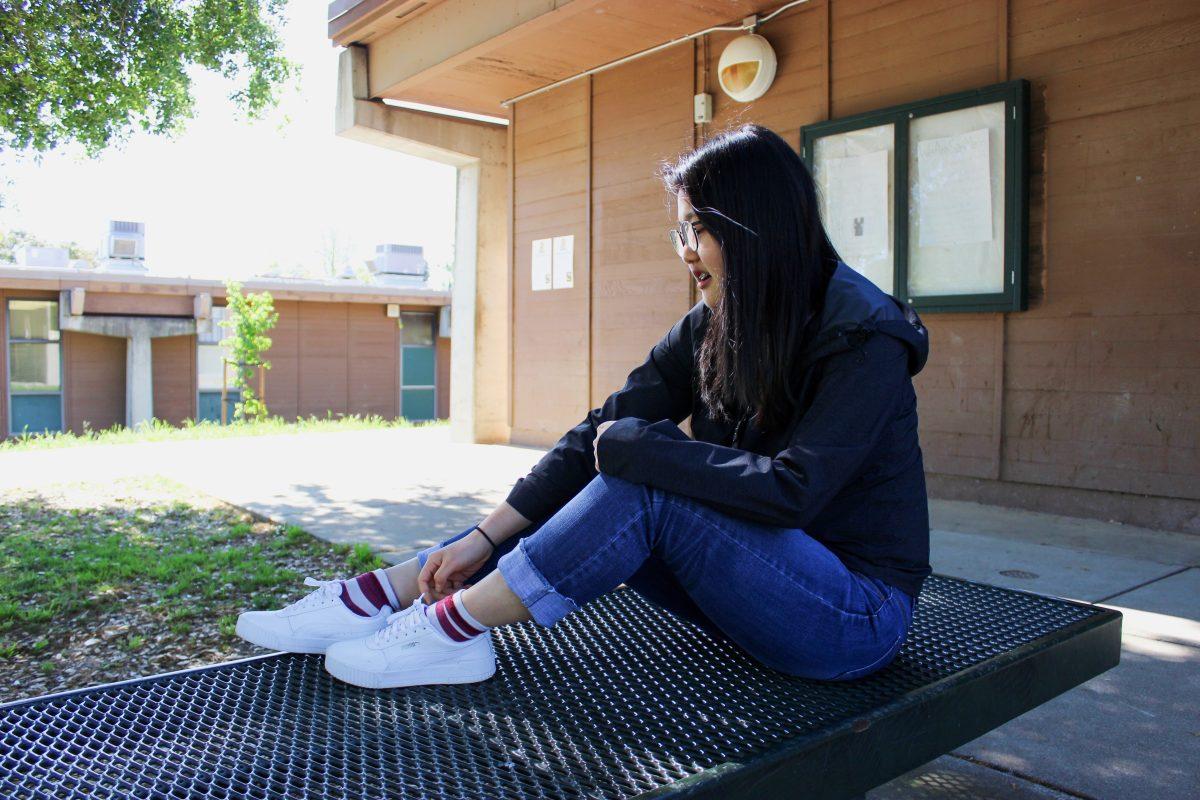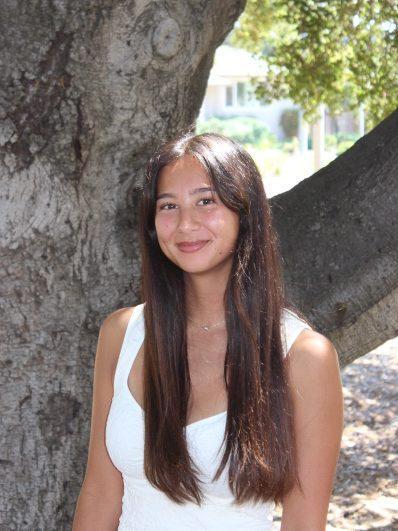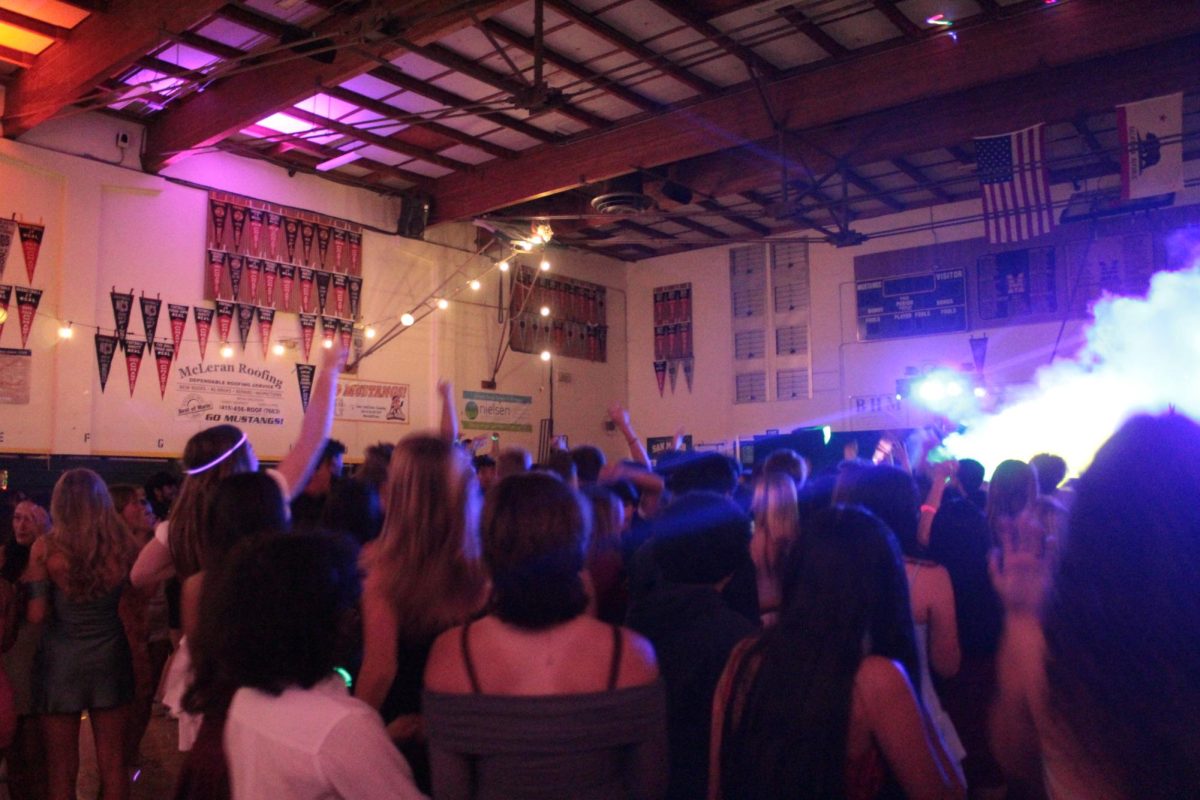On Dec. 12, 2020, San Marin parent Kate Reza filed a complaint with former Superintendent Kris Cosca regarding racial discrimination in the STEM program through the American Civil Liberties Union (ACLU). Reza cited the problems that led to discrimination as: the racial composition of the program, the admissions process which allowed unequal distribution of resources, and the process’ bias that influnces decisions. In response to the complaint, the STEM program has begun making changes to the programs admissions process.
In the 2017-18 school year, Latinx students made up 30% of the San Marin freshman class. Black students made up 2% of the freshman class. Of the STEM freshman class, 3% were Latinx and 0.6% were Black demonstrating a gap in representation among the population demographics of the STEM program. However, in the 2020-21 school year, the trends began to change as Latinx students made up 30% of the San Marin Freshman class and Black students made up 1.5%, but of the STEM freshman class, 10% were Latinx and 2% were black. Thus, there was an 8% increase in Latinx students in the program and 1.4% increase of Black students. The data represents an improvement in equitable implementations prior to when the complaint was filed. During this time, White students remained overrepresented with 54% of the 2020-21 Freshman class being White, but then making up 73% of the STEM Freshman class.
There is no clear explanation as to why the data on the skewed demographics of the STEM program lean towards the white students, but there is speculation, beginning with who the program attracts.
“There is a public perception problem with the STEM program, that is elitist and exclusive, so we have fewer BIPOC students applying compared to white students. We are trying to change that perception,” Biotech and AVID teacher Michelle Lafevre-Bernt said.
The complaint focused on the demographics of the students accepted and not of the students who applied, creating an applicant pool that is possibly already skewed. Prior to the lawsuit, STEM was attempting to create a more diverse community for students and staff alike “The science department is our most diverse department with Herra, Lopez and Ms. Patel being teachers of color,” Principal Mark Sims said. “This was an intentional hire on our part because we wanted to get energetic teachers who could represent what our population of students were like.”
In addition to bringing more representation in the classroom, the program is implementing standards into their admissions process to move away from any possible bias.
“We have improved the application process each year by moving away from acceptance based solely on grades, test scores, group projects and teacher recs to interviews and written responses that try to assess an applicant’s interest in science,” Lafevre-Bernt said. “Previous STEM skills experience and standardized test scores and grades are often areas where we see the effects of systemic racism, so we wanted to move away from relying solely on those criteria.”
With an admissions process that has potential for reviewer’s implicit bias, steps have been taken to reform the margin including written responses that will demonstrate a student’s passion for STEM or Biotechnology. This included removing the teacher recommendation in the application and changing written response questions to “student friendly language” that eighth graders could comprehend.
To avoid the impact of implicit bias, a panel ranging from teachers, administrators, Biotech Partners, etc. was formed with a strong commitment to equity. The Biotech Academy, a branch of the STEM department, continues to work with nonprofits to provide support to students of all backgrounds.
“Providing as many opportunities as possible to as many students as possible to explore STEM fields and be excited and passionate about STEM education and careers is how STEM helps close the equity gap in STEM fields,” Lafevre-Bernt said.

